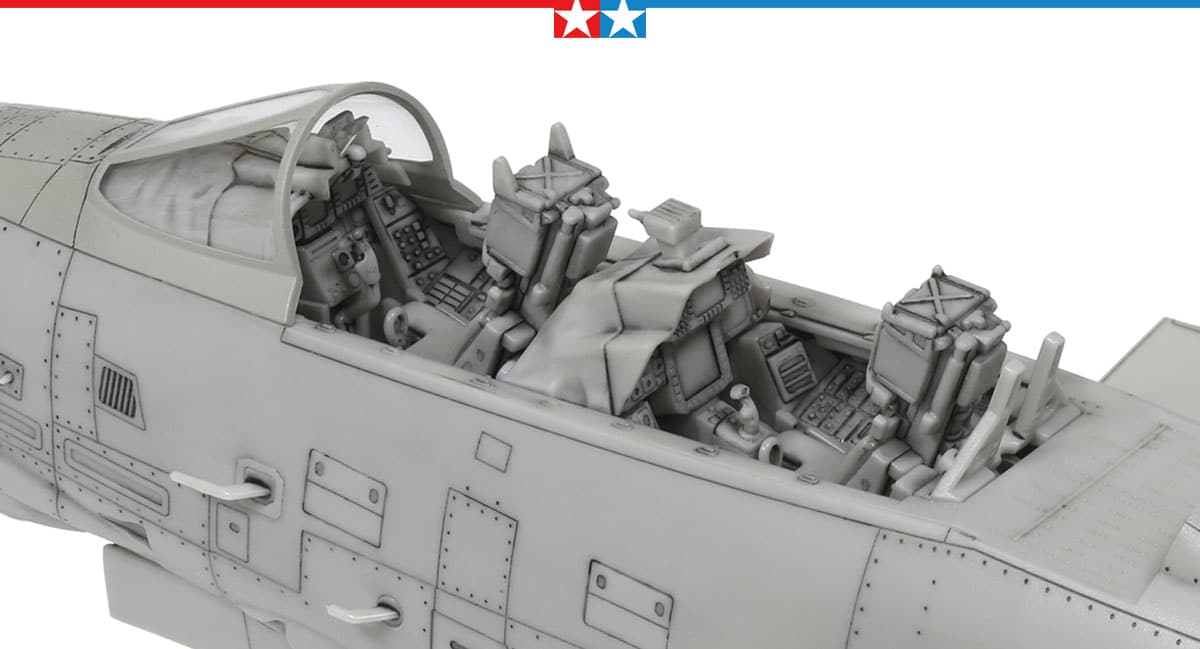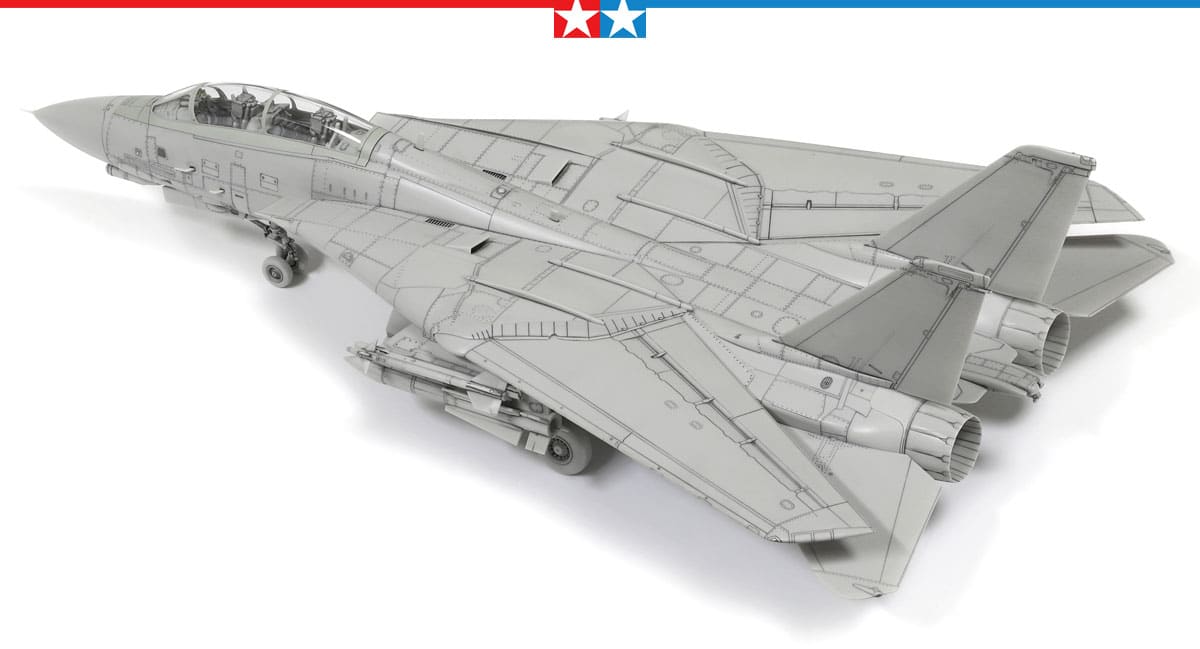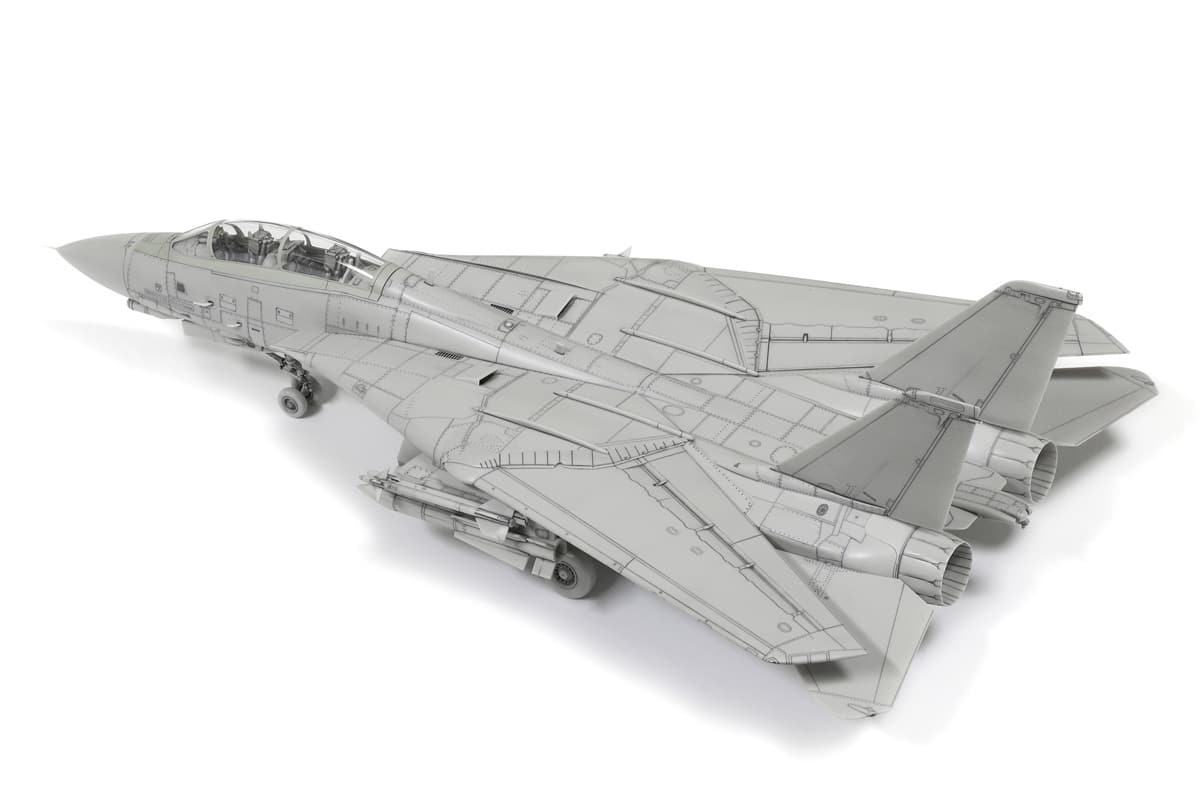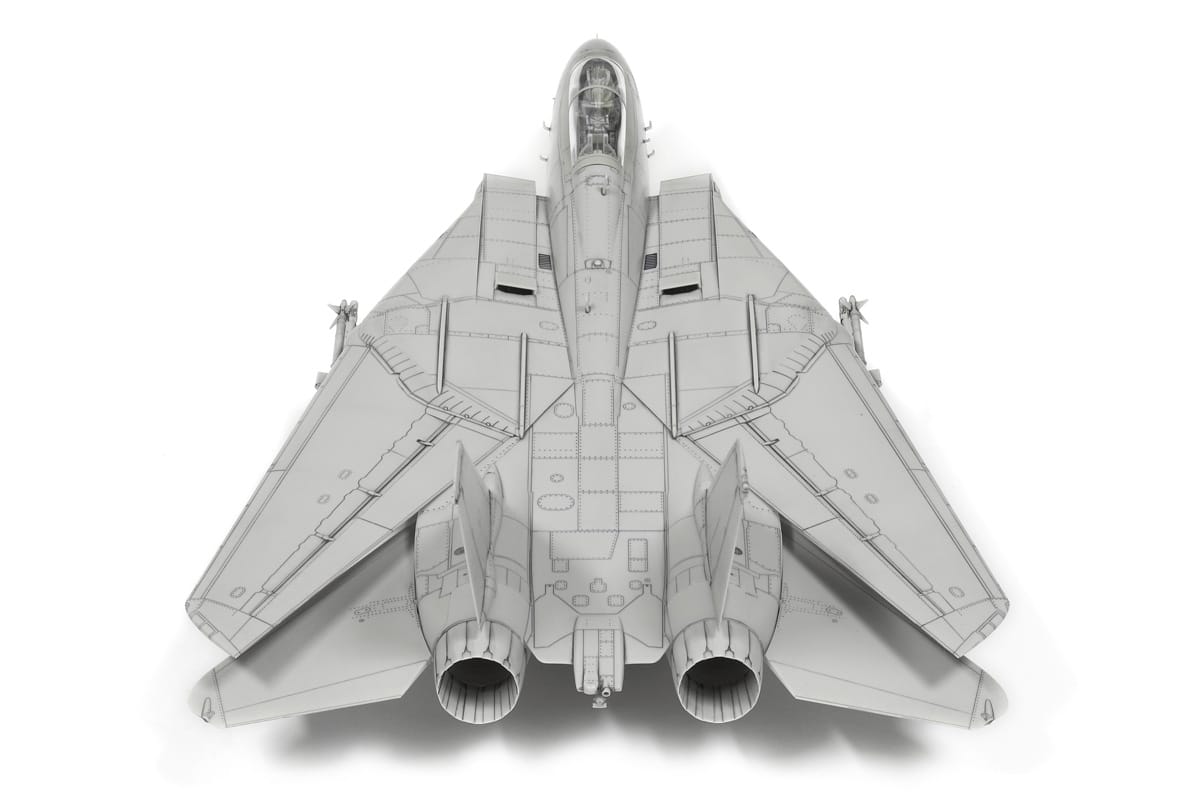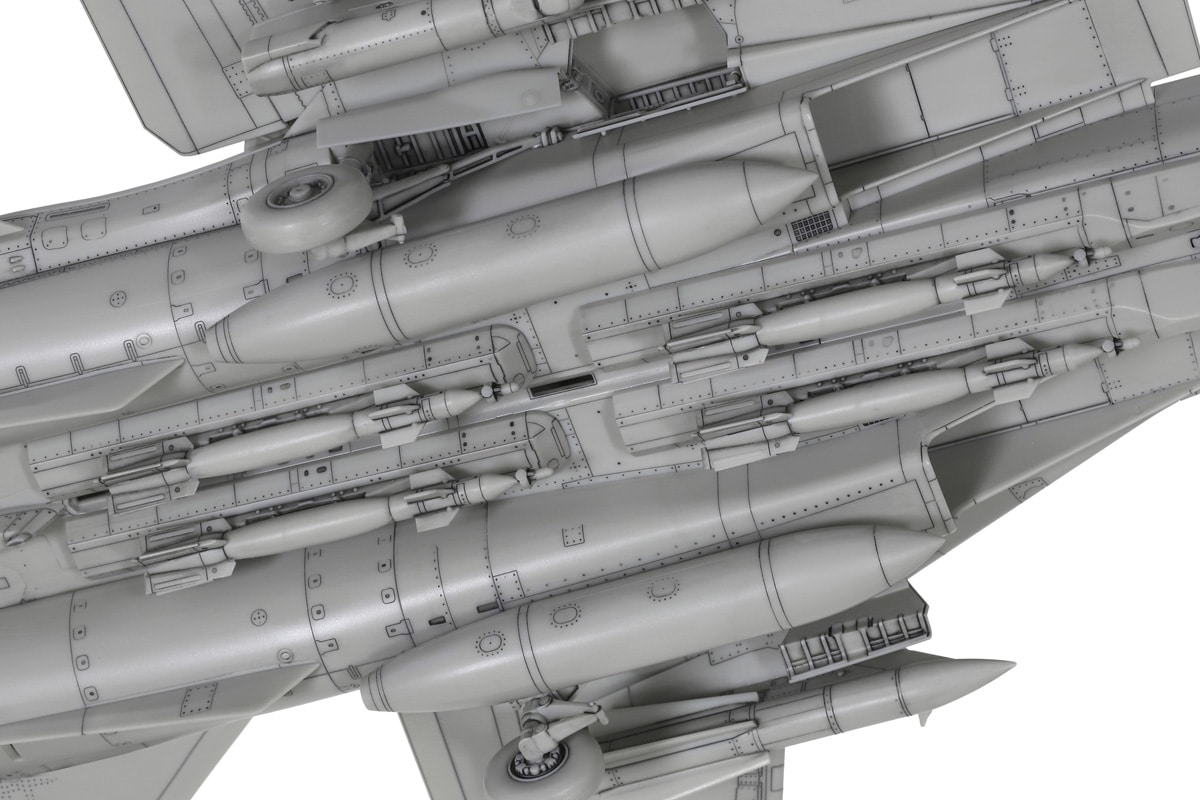Maverick’s Swan Song in Scale: Tamiya’s Definitive 1/72 F-14D Tomcat
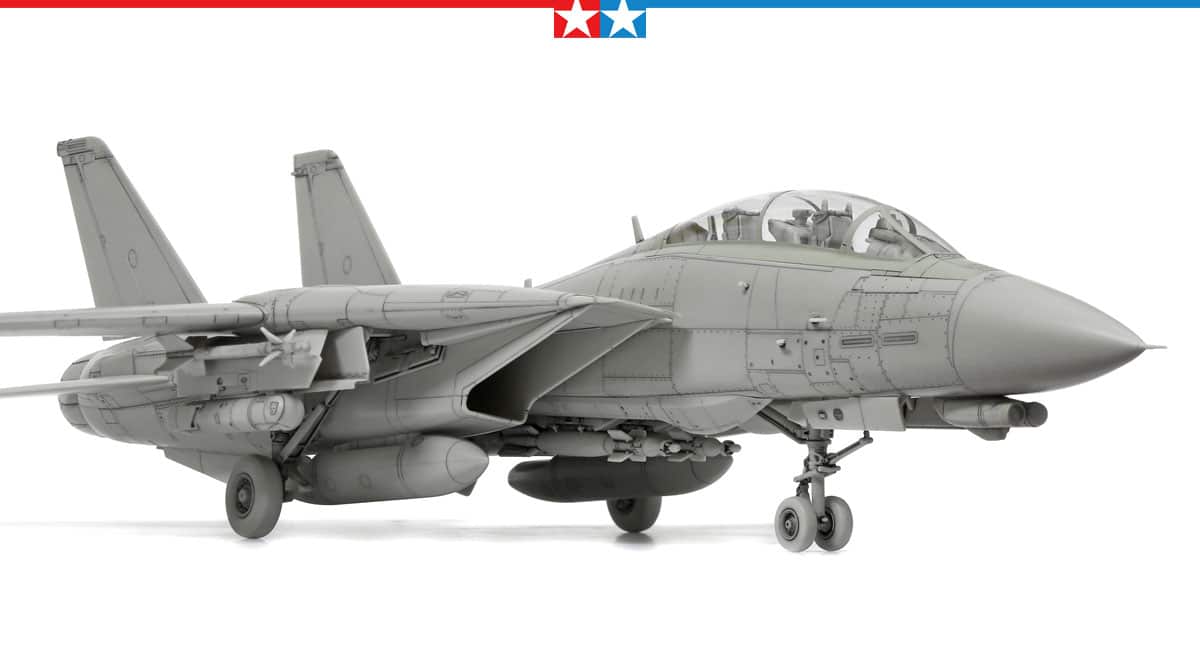
Maverick’s Swan Song in Scale: Tamiya’s Definitive 1/72 F-14D Tomcat – A Technical and Historical Masterpiece
Expert review of the Tamiya 1/72 Grumman F-14D Tomcat (Item #60795). Discover the technical precision, innovative engineering, and accurate armament (LANTIRN, JDAM, AIM-54) of this final “Bombcat” variant. Explore the full combat history and crucial role of the F-14D in post-Cold War conflicts, making this an essential acquisition for every 1/72 aircraft modeler.
As an expert modeler whose life is spent navigating the complexities of historical accuracy and engineering brilliance in miniature, few subjects command the same reverence and excitement as the Grumman F-14 Tomcat. The roar of its twin engines, the iconic sweep of its variable geometry wings, and its unmatched silhouette have cemented its place in aviation legend. The news of a major kit release from Tamiya, a brand synonymous with quality and technical innovation, is always an event. When that release focuses on the ultimate iteration of the “Cat”—the F-14D Super Tomcat—in the popular and accessible 1/72 scale (Item #60795), it is nothing short of a landmark moment for the aircraft modeling community.
Tamiya’s approach with this kit is a fascinating exercise in distillation. Having previously established a near-definitive standard with their spectacular 1/48 F-14D, they have taken that immense intellectual capital—the refined shapes, the accurate panel lines, and the engineering cleverness—and scaled it down, while simultaneously streamlining the build process. The result is a promise: a model that delivers the superlative detail expected of a modern Tamiya kit, but perfectly suited for the 1/72 scale, which remains the cornerstone of many international collections due to space and standardization. This is not merely another Tomcat; this is Tamiya’s definitive ‘D’ model, offering a canvas for one of aviation’s most potent histories.
Part I: Technical Mastery in Miniature – Analyzing the 1/72 F-14D Kit Engineering
The transition from a larger scale to a smaller one is where true modeling engineering shines, and Tamiya’s technical decisions for this 1/72 F-14D reveal a profound understanding of the modeler’s needs. The scale itself, 1/72, translates to a finished model with a substantial wingspan of 272mm and a fuselage length of 265mm, giving the builder a satisfying size without the shelf-space burden of 1/48.
Precision Molding and Defining Features
The most critical aspect of any modern jet kit is accuracy of shape, particularly the complex curves and junctions inherent in the F-14 airframe. Tamiya addresses this with advanced molding techniques:
- Slide Molding: The kit utilizes slide-molded parts for the canopy, air intake side sections, and main fuselage sides. This is a game-changer. Slide molding allows complex shapes, like the smooth, deep curve of the F-14’s lateral fuselage and the internal structure of the air intakes, to be molded as single pieces. This reduces the number of seams and joins the modeler must tackle, preserving the aircraft’s complex, aerodynamic shape and ensuring that the final build accurately captures the look of the real aircraft’s integrated structure.
- Variable Geometry Wings: No F-14 kit is complete without the sweep feature. Tamiya’s design ingeniously incorporates variable sweeping wings that are not merely glued in place but can be posed. Crucially, the kit includes distinct, interchangeable parts for the complex sealing plates and air bags that articulate when the wing is moved. This attention to dynamic detail is superb, allowing the modeler to display the Tomcat in its aggressive supersonic sweep position or the more expansive slow-speed landing configuration.
- Poly Cap Utility: The use of poly caps to mount the horizontal stabilizers is a subtle yet effective design choice. This allows the horizontal tails to be movable even after completion, facilitating easier handling during painting, decaling, or simply offering the modeler the flexibility to pose the control surfaces dynamically.
- Ordnance and Strike Capability: The F-14D’s primary operational distinction was its transition to a multirole platform, the “Bombcat.” Tamiya faithfully captures this evolution by including parts for the modern strike loadout. Modelers will find laser-guided bombs (LGBs) and, most importantly, the LANTIRN targeting pod. The LANTIRN pod was the key enabler for the D-model’s precision ground attack role. Additionally, parts for classic air-to-air missiles are included, catering to the modeler who wishes to arm the Tomcat for its original Fleet Defense Interceptor mission, perhaps even with the legendary, albeit retired, AIM-54 Phoenix.
- Crew and Markings: The inclusion of two seated crew figures allows for an immediate, dynamic presentation of the cockpit, which is otherwise rendered with excellent detail. Furthermore, the provision of five different U.S. Navy marking options grants the modeler ample choice to represent various squadrons and periods of the F-14D’s service life, from VF-31 “Tomcatters” (the final operational squadron) to others that flew over the sands of Iraq and Afghanistan.
This kit, leveraging the R&D from the 1/48 scale, promises a build experience that is as rewarding as it is technically accurate, offering an accessible route to modeling the ultimate Tomcat variant.
Part II: The Definitive Digital Cat – History of the F-14D Super Tomcat
The F-14D represents the ultimate and final evolution of the F-14 program, often referred to as the Super Tomcat. While the F-14A was the cinematic star of the Cold War and the F-14B introduced better power, the F-14D was the machine that took the Tomcat into the digital age and saw it through its final combat years.
Power and Avionics Upgrade
The ‘D’ model’s defining difference was its heart and brain. It inherited the vastly superior General Electric F110-GE-400 turbofan engines from the F-14B. This was a critical upgrade from the notoriously problematic Pratt & Whitney TF30 engines of the F-14A. The F110 provided significantly more thrust, particularly at low altitudes, eliminating the F-14A’s single-engine flameout risk and providing the power needed for aggressive maneuvering and heavier strike payloads. More power meant more safety and capability, a fact readily celebrated by the pilots who flew it.
The ‘D’ model’s true leap was in its avionics. It featured an entirely new digital architecture, including the sophisticated AN/APG-71 radar system, which offered vastly improved target detection and tracking capabilities over the older AWG-9. The cockpit transformed from analog dials to the modern “glass cockpit” with multi-function displays (MFDs) for both the pilot and the Radar Intercept Officer (RIO). This digital modernization allowed the F-14D to manage complex data streams, significantly enhancing situational awareness, which became paramount in the complex modern battlespace.
The Birth of the Bombcat
Initially conceived as a pure fleet defense interceptor armed with the long-range Phoenix missile, the post-Cold War landscape demanded a shift. The US Navy required a long-range bomber with the capacity to defend itself. The F-14D’s superior range and payload capacity made it the perfect candidate for the strike role, officially beginning its transition to the “Bombcat” in the mid-1990s with the addition of the LANTIRN (Low-Altitude Navigation and Targeting Infrared for Night) pod.
The LANTIRN pod, which the Tamiya kit correctly includes, was the literal eye of the Bombcat. It allowed the F-14D to designate targets for laser-guided bombs (LGBs) and self-deliver its own precision ordnance, a role it carried out with distinction until its retirement. The F-14D was no longer just a high-flying defender; it was an all-weather, day/night precision strike asset—a role never envisioned when the prototype first flew in 1970.
Part III: Combat, Courage, and The Final Flight
The F-14D’s service life, from its introduction around 1992 until its retirement in 2006, encompasses nearly two decades of continuous, high-intensity conflict, cementing its combat legacy well beyond the Hollywood glow of its earlier variants. Tamiya’s choice of the F-14D allows modelers to recreate some of the most historically significant combat aircraft of the late 20th and early 21st centuries.
Service Over the Balkans and the Middle East
The F-14D, alongside its F-14B brethren, was heavily involved in operations in the Balkans. It played a critical surveillance and reconnaissance role, leveraging its large airframe to carry high-tech pods. Its transition to a striker came into full effect during Operation Allied Force (Kosovo, 1999). Here, the LANTIRN-equipped Tomcats demonstrated their unique capability, flying long-range missions over hostile territory and delivering precision-guided munitions with deadly accuracy.
The true showcase of the Super Tomcat’s multirole versatility came during the conflicts in Afghanistan and Iraq.
- Operation Enduring Freedom (Afghanistan, 2001-Present): In the rugged, vast, and often featureless terrain of Afghanistan, the F-14D’s long range and ability to carry both air-to-air missiles for self-protection and precision bombs for ground support made it indispensable. It frequently provided “on-call” close air support (CAS), utilizing the LANTIRN pod’s excellent infrared imaging capability to find targets, even in deep canyons or at night, earning immense respect from ground troops.
- Operation Iraqi Freedom (Iraq, 2003): The final major conflict saw the F-14D fly its last major combat sorties. In a single deployment, the ‘D’ model units were often responsible for a wide array of missions, from providing reconnaissance and forward air control (FAC) to dropping laser-guided GBU-12 Paveway II bombs. A particularly notable moment was the F-14D’s capacity to utilize the Joint Direct Attack Munition (JDAM), transforming dumb bombs into smart weapons via GPS guidance, showcasing the adaptability of the geriatric airframe. The F-14, which had once been designed to shoot down Soviet bombers at the edge of the carrier group, was now dropping satellite-guided bombs in the desert.
The Final Curtain
The F-14D served valiantly, but by the mid-2000s, the Navy had committed to replacing the entire F-14 fleet with the more modern, albeit less dramatic, F/A-18E/F Super Hornet. The final operational deployment of the F-14D was aboard the USS Theodore Roosevelt (CVN-71) in 2005-2006, flown by VF-31, the “Tomcatters.”
The official final flight of the F-14D in U.S. Navy service occurred on September 22, 2006, with a fly-off ceremony at NAS Oceana. This emotional event marked the end of an era for naval aviation. The last few operational aircraft were meticulously tracked, and their final combat markings are highly sought after by modelers, making the inclusion of diverse marking options in Tamiya’s kit particularly valuable. Building this model is therefore an act of remembrance, a tribute to the men and women who flew and maintained the aircraft during its intense final chapter.
Conclusion: Modeling a Farewell to the Super Tomcat
The release of the Tamiya 1/72 Grumman F-14D Tomcat (Item #60795) is more than just a new kit—it’s a celebration of a technological and historical icon. Tamiya has applied its renowned engineering prowess to bring the ultimate ‘Cat’ to the world’s most popular aircraft scale. The technical features, from the slide-molded fuselage sections and the movable stabilizers to the essential inclusion of the LANTIRN pod and a comprehensive strike ordnance package, ensure maximum detail with minimal build frustration.
For the expert modeler, this kit offers a platform to explore the striking, low-visibility grey schemes of the later U.S. Navy and to honor the pilots and RIOs who flew the F-14D through its final, crucial combat tours over Iraq and Afghanistan. This is the Super Tomcat, the digital warrior, the last of the Grumman “Cats,” and Tamiya has delivered its definitive 1/72 representation. It is an absolutely essential addition to the workbench, promising a high-quality build that encapsulates the majesty and combat grit of one of the greatest fighter jets ever built. Securing this kit is securing a piece of aviation history, rendered in Tamiya’s unmatched plastic perfection.
Source: Tamiya web

